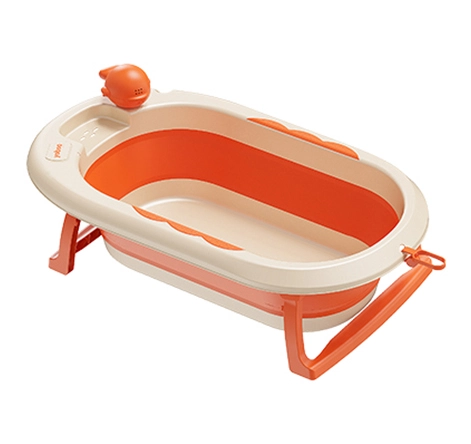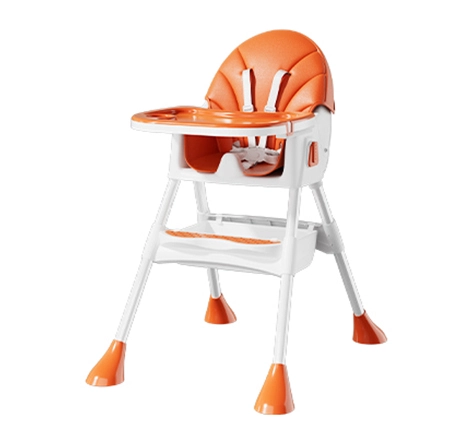Silicone soother is made of silicone rubber material, in which silicone material is the majority. Silicone material is especially favored in baby products, and the requirements for infant product standards are stricter when it comes to testing silicone rubber products.
In recent years, liquid silicone rubber (LSR) injection molding technology has developed rapidly. The injection molding design of LSR is significantly different from engineering plastics, mainly due to the physical properties of these two materials, such as low viscosity, rheological properties (rapid curing), shear thinning properties, and higher thermal expansion coefficient, which have significant differences.
In terms of mold structure, LSR molds have distinct characteristics compared to ordinary injection molds and require attention during mold design. Since LSR molds need to be heated and insulated during the injection molding process, the mold stiffness is highly demanding to prevent thermal deformation and misalignment of the mold.
Silicone soothers use cold runner injection systems
In Europe, in the 1990s, LSR molds were first produced in the form of hot runners. Silicone soothers have small holes on the top surface, and the injection molding of LSR material can be carried out easily by using the gap around the cold runner system valve pin, which eliminates gate marks and avoids material waste, also reducing cycle time.
There are two basic types of cold runner equipment currently used, namely closed systems and open systems, each with its advantages and disadvantages. In the injection cycle, the closed system uses "active parts" or "needle valves" to control the flow of LSR rubber in each cavity. The most typical feature of the closed system is injection at lower pressure. The adjustable "throttle" in the equipment allows fine-tuning of imbalanced runners and different shear thinning properties of materials.
If a cold runner system is adopted, it is important to have effective temperature isolation between the cavity and the cold runner. A thermal insulation plate (No. 11) is designed between templates 10 and 12 to block temperature transfer. It is particularly important to use high-precision insulation plates for No. 11, with parallelism within 0.02 on both sides. If the runner is too hot, the material will start to solidify before injection, and if it cools too quickly, it will absorb too much heat from the mold gate area, hindering complete curing.
Silicone soother production process
Due to the low viscosity of LSR, even at low injection pressures, the filling flow rate is fast, so strict requirements are placed on mold venting to avoid air entrapment. The mold needs to have vent grooves opened along the cavity periphery on the front mold.
Due to the low viscosity of LSR, the machining accuracy of Silicone soother mold cavity and core is high, and the fitting accuracy of the parting surface should not exceed 0.01; otherwise, flash will appear on the plastic parts. Under the conditions permitting, it is advisable to choose high-speed CNC machine tools with new cutting tools, and select reasonable programming software and processing techniques to achieve high machining accuracy of the mold to meet production requirements.
In the LSR molding process, electric heating is a typical heating method, usually using electric heating wire, heating tube, or heating plate. The uniform distribution of mold temperature is vital during the one-time molding and curing process of LSR. If the surface temperature drops too quickly, it will slow down the curing speed of the material, continuously inhibit the release of the part, and affect the quality of the part. A suitable distance should be maintained between the heater and the cavity to greatly avoid bending and deformation of the mold. For the overall mold heating system, a heat insulation plate should be placed between the core and the template to minimize heat loss. If there are many components in the mold's top-out system, a heat insulation plate should also be designed between the top pin plate and the bottom plate. Additionally, wrapping the mold with a heat insulation plate helps reduce heat loss.
After opening the mold, LSR parts tend to stick to the surface of the rear mold, which poses certain difficulties for demolding. The silicone soother mold is designed with a gas top-out device and a sealed cavity, which plays the role of air venting during top-out, and its top-out principle is the same as that of general elastomers.













